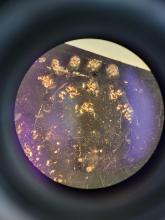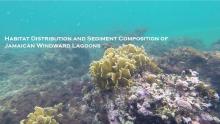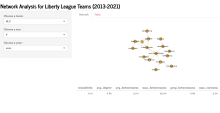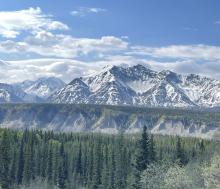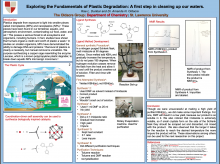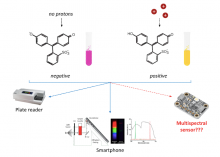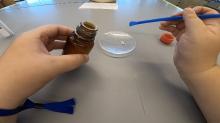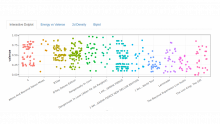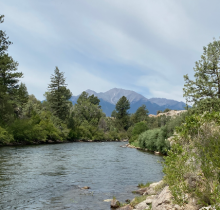Using Deep Learning to Identify Animal Species in Game Camera Images
The goals for this project were to train a convolutional neural network to be able to label game camera images taken in the North Country. Once trained the hope was to use it for Nature Up North projects that involve labeling thousands of images taken each year. Currently these images are labeled by volunteers and this network would be able to at least help sort them faster. At the conclusion of my project, I was able to train two networks – the first sorted images based on any animal presence, and the second sorted images based on animal species.


